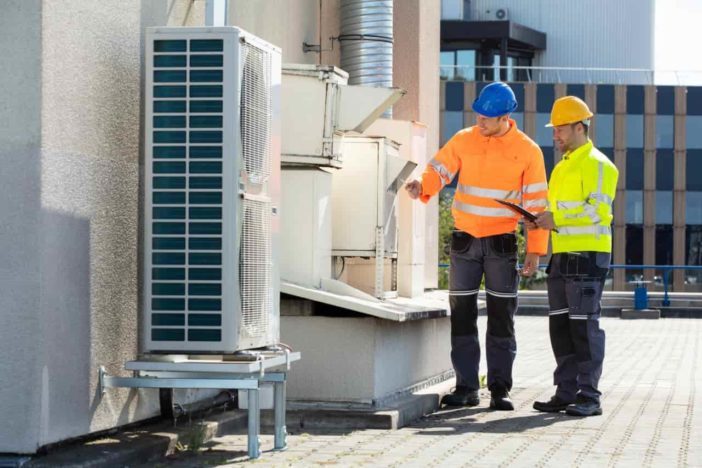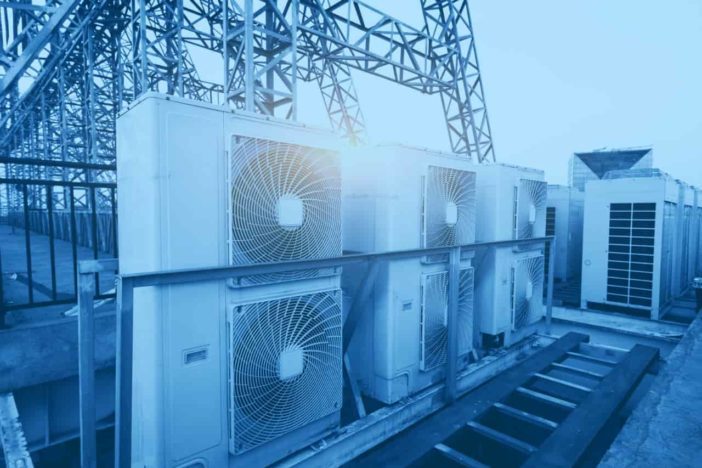Having a building that stays warm in the winter and cools in the summer, keeping your clients and employees comfortable year-round, is something that you shouldn’t take for granted.
An HVAC (heating, ventilation, and air conditioning) unit allows for enough ventilation, generating cool and fresh air for a comfortable office environment. However, since it’s one of the core systems in a building, it’s important that you know the basics.
Here are some facts about the heating and cooling Colorado Springs, or in any part of the world, as well as the benefits they can offer to business spaces:
1. Commercial Heating Systems Are Huge
Unlike residential systems, commercial heating systems are much bigger since they require more power for cooling and heating to serve greater square footage.
In addition, most commercial buildings only depend on mechanical ventilation. Unlike opening residential homes with windows that you can open to provide fresh air, most commercial offices are closed. As a result, commercial heating systems also include exhaust fans and other ventilation systems in order to make sure that there’s enough air exchange rate, giving them an even bulkier appearance.
Another factor why commercial HVAC systems are huge is that they also include drainage. Commercial systems require multiple pans and drains that collect moisture from the air conditioner coils.
2. They’re Usually Placed On Rooftops
Due to their bigger dimension, commercial HVAC systems are often installed on the rooftop, unlike in residential homes where the units are placed on the ground outside the house.
Roof installation for commercial HVACs has several advantages. The most beneficial reason is the reduction of noise pollution for building occupants. Workers won’t be able to concentrate and be productive when there’s a loud humming coming from the walls. An HVAC system installed far away from the office space can result in minimal interruption to workflow.
In addition, the rooftop installation also allows for easier maintenance. Plus, having it installed on the roof can free up space inside the building, which can be used for something productive other than housing an HVAC unit.
3. You Have Several Options
There’s an overwhelming number of HVAC systems in the market today. In general, however, all these system types fall into three main categories:
Single Split System
The most affordable and popular type, a single split HVAC system is commonly found in smaller commercial buildings. This type allows individual control of the cooling and heating for each space, making it suitable for restaurants or offices with server rooms.
Multi-Split System
This type of HVAC system operates similarly to a single split system; however, it offers higher energy efficiency. Also, it has a smaller outdoor footprint. A multi-split HVAC system allows you to connect up to nine outdoor units to a single outdoor unit. It can also include sensors that can detect changes in temperature and adjust accordingly, consuming less energy.
VRV/VRF Systems
A VRV (variable refrigerant volume) or VRF (variable refrigerant flow) system is best used for larger mixed-use kinds of buildings, such as hotels or large office buildings. These types of HVAC systems can provide cooling and heating to different building spaces at once.
4. Regular Maintenance Needed

Regular maintenance is a must if you want to keep your HVAC unit working at its best and keep it humming for its full life expectancy or beyond. Not only that, but regular maintenance also helps reduce the need for costly replacement or repairs, downtime issues, high energy use, and guaranteeing constant comfort for your employees and clients.
The usual preventive maintenance tasks for HVAC systems include:
- Inspecting and cleaning of outdoor components
- Measuring and recharging refrigerant levels as needed
- Testing control systems
- Checking and changing of air filters according to the manufacturer’s recommendations
- Monthly visual inspections of drain lines, drip pans, and thermostats
- Checking and resetting of thermostat programming
5. How Long Does It Last?
In this world of constant changes in technology, as well as the changing environmental conditions, HVAC systems will need different kinds of maintenance and care, and you might be tempted to upgrade for a decade or so for the more energy-efficient models.
In general, most HVAC units should last for 10 to 15 years. With proper maintenance and care, it should last longer than that. Some factors that can impact the longevity of a commercial HVAC include:
- Proper installation and maintenance
- Efficiency and quality of the system
- The climate of your area or the usage demand over the years
Conclusion
An HVAC system is a critical component for any business space. By maintaining a comfortable office environment, HVAC units can help employees to stay productive and clients to enjoy a pleasant visit to your office.
And, there you have it. With the above information, you should have a better understanding of that complex system that keeps your business space energy-efficient and suitable for working conditions.





